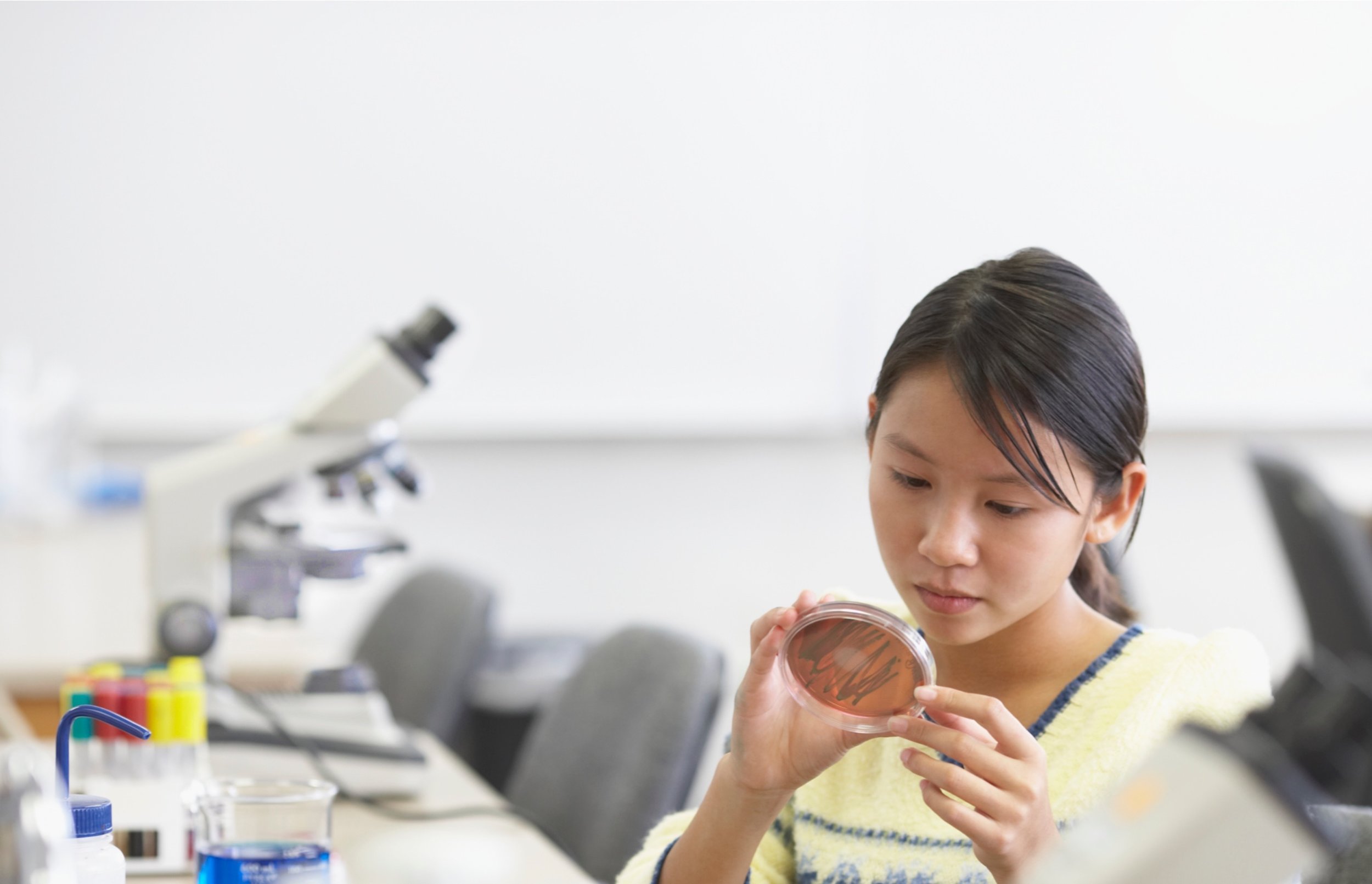
Odyssey Schools Network Development
79 Schools Across 34 School Districts
The Mitchell Odyssey Foundation developed a cohesive network of teachers leading innovative Odyssey programs with demonstrated results in personalized learning, 21st century skill development and student-led, project-based learning. After a major expansion of the Odyssey Network in the Lower Mainland in 2007, the Mitchell Odyssey Foundation focused its targeted growth strategy to support new schools in remote outlying areas in BC that had less access to enrichment opportunities and resources; and had a higher percentage of underrepresented groups including students with greater socio-economic challenges and Aboriginal students. This growth strategy included targeting School Districts that did not yet have an Odyssey School program; and used the new Odyssey program as a catalyst to seed innovative teaching practices and learning activities in each school community and across the school district.

Odyssey School Selection Process
The Odyssey Program focused primarily on students in Grade 8-10 as they were making important choices about science and math electives; evaluating their post-secondary options and considering their career opportunities. Research indicates this is when interest in science starts to fall.1 2 Leadership activities targeting Grade 7 levels in feeder schools helped build interest for science in Grade 8. Enrichment activities in Grades 11-12 maintained science interest and exposed students to STEM careers. MOF worked with School District Leadership to gain support for new Odyssey Programs and candidate schools were targeted based on criteria including:
- Strong focus on students in Grades 8-10
- Greatest need for funding support (I.E. socio-economic forces)
- Ability to create a large impact on students (especially under-represented groups)
- Lead Educator as a champion to develop, implement and drive the Odyssey program
Staff at candidate schools met as a team to brainstorm program ideas, discuss opportunities and prioritize their needs. Educators designed Odyssey programs that would be most beneficial to their students - uniquely “teacher defined” to ensure a lasting, positive impact. Program Applications were reviewed by the MOF Selection Committee and funding recommendations were made based on program evaluation criteria:
Student participation rates across target grade range
Diversity of enrichment programming and quality of student engagement
Odyssey program leadership and continuity
Performance measures and continuous improvement
Sustainability of impact and other funding support available from industry or local community
Odyssey Program Performance Measures
The Odyssey Program included quantitative and qualitative performance measures to maximize program impact. Annual progress reports included an expenditure summary; student participation rates; summary of activities; successes and challenges; improvements incorporated and proposed changes for the following year. The Odyssey Program was flexible and encouraged educators to incorporate new ideas shared at the annual Symposium; address changes in students’ needs; adapt to new curriculum; and leverage local opportunities. These annual reports demonstrated qualitative impacts in key success areas that included:
Technology that revolutionizes the learning process
New lab equipment that inspires new ways of learning
Teaching practices that inspire scientific curiosity and inquiry
Quality and diversity of field trip explorations
Leveraging knowledge of local experts, scientists and engineers
Activities that expose students to careers in STEM
A school-wide science culture with links to local community and industry
Increasing teacher collaboration and sharing of best practices
Creating a robust and inspired teaching community
Program evolution, continuous improvement and sustainability
Odyssey Programs were showcased at the annual Symposium to encourage sharing best practices and teaching innovation across the Odyssey Network. After each Symposium, a survey collected feedback, satisfaction rankings and identified educator’s needs for workshop topics for the following year. Career Discovery participation data was tracked and qualitative feedback was gathered regularly from host organizations, teachers and students.


